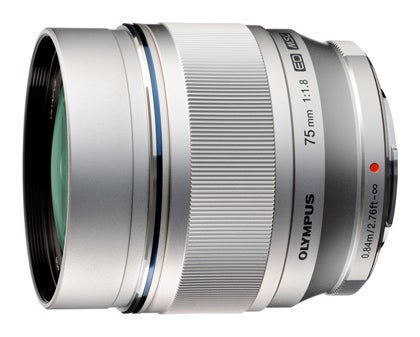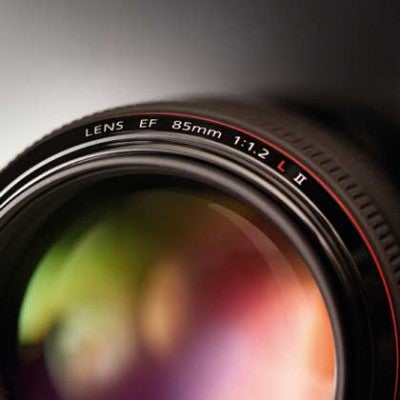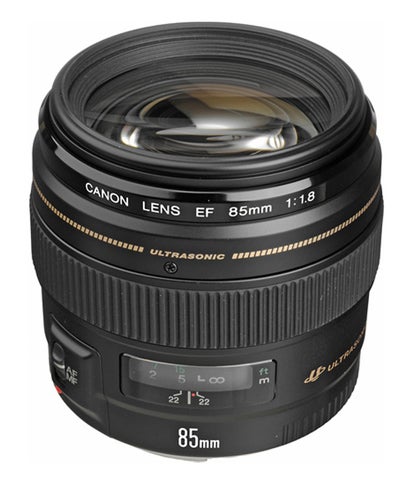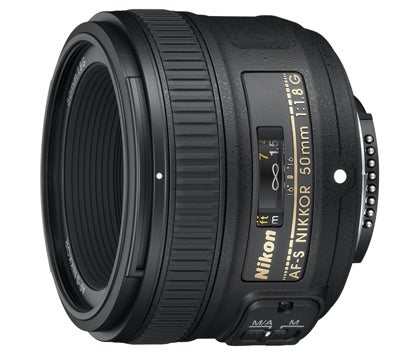Complete Guide To Lenses – Prime Lenses
Zoom lenses are almost ubiquitous now but fixed focal length, or ‘prime’, lenses continue to be popular because they offer several advantages.
Since they only have to convey a single field of view, as opposed to having to offer a variable range, the optical performance is generally superior.
They tend to be smaller too, and as an extra bonus have wider maximum apertures. If the field of view they offer is the one that you want, and you can fine-tune your cropping simply by moving your position, then they have a lot to offer.
Primes cover the full spectrum of focal lengths from extreme wide to ultra telephoto, but the most useful are those in the 24mm to 85mm range.
Here are four prime lenses that all provide excellent image quality…
£849
This high-specification prime offers a super fast f/1.4 aperture that’s handy for shooting in low light with and, perhaps more importantly, as a creative tool for generating an impressively shallow depth-of-field.
Better still, the 50mm f/1.4 delivers remarkably sharp images. Resolution testing reveals a noticeable ‘sweet spot’ between f/2.8 and f/8 is, where resolution remains above 0.4 cycles-per-pixel.
Colour fringing at the widest aperture settings can be detected in lab tests, however this isn’t noticeable in real-world use.
Lens Mount – Canon, Nikon, Sony, Sigma
Construction – 13 elements, 8 groups
Filter Thread – 77mm
Weight – 815g
£295
It’s generally accepted that the best focal length for portraiture is between 50-100mm, and this 85mm prime is primarily targeted at portrait enthusiasts.
Canon also makes a faster f/1.2 lens at 85mm, however this will set you back around £1,750. For the money, the slower f/1.8 version delivers impressively sharp images, with MTF curves that remain above the critical 0.25 cycles-per-pixel from wide-open right down to f/16.
Lens Mount – Canon EF
Construction – 9 elements, 7 groups
Filter Thread – 58mm
Weight – 425g
£149
While this 50mm prime is designed for use with full-frame Nikon DSLRs, it also makes a half-decent portrait lens when mounted to APS-C equipped camera as this increases its equivalent focal length to 75mm.
In terms of construction it’s a small, lightweight lens that’s easy to stow away in a camera bag and pull out when required.
The lens produces exceptional sharpness when used on FX format cameras, however using the lens with a DX format camera does give rise to chromatic aberrations – at least under lab conditions.
Lens Mount – Nikon F
Construction – 7 elements, 6 groups
Filter Thread – 58mm
Weight – 185g

Olympus M.Zuiko Digital ED 75mm f/1.8
£719
With a 35mm focal length equivalent of 150mm, this lens is targeted primarily at portrait enthusiasts looking to gain a little extra distance between themselves and their subject. As such it neatly complements the M.Zuiko Digital 45mm f/1.8 (£220) to offer extra creative possibilities. With its all-metal construction and silver finish, it’s solidly built and stylish too.
Lens Mount – MFT
Construction – 10 elements, 9 groups
Filter Thread – 58mm
Weight – 305g








